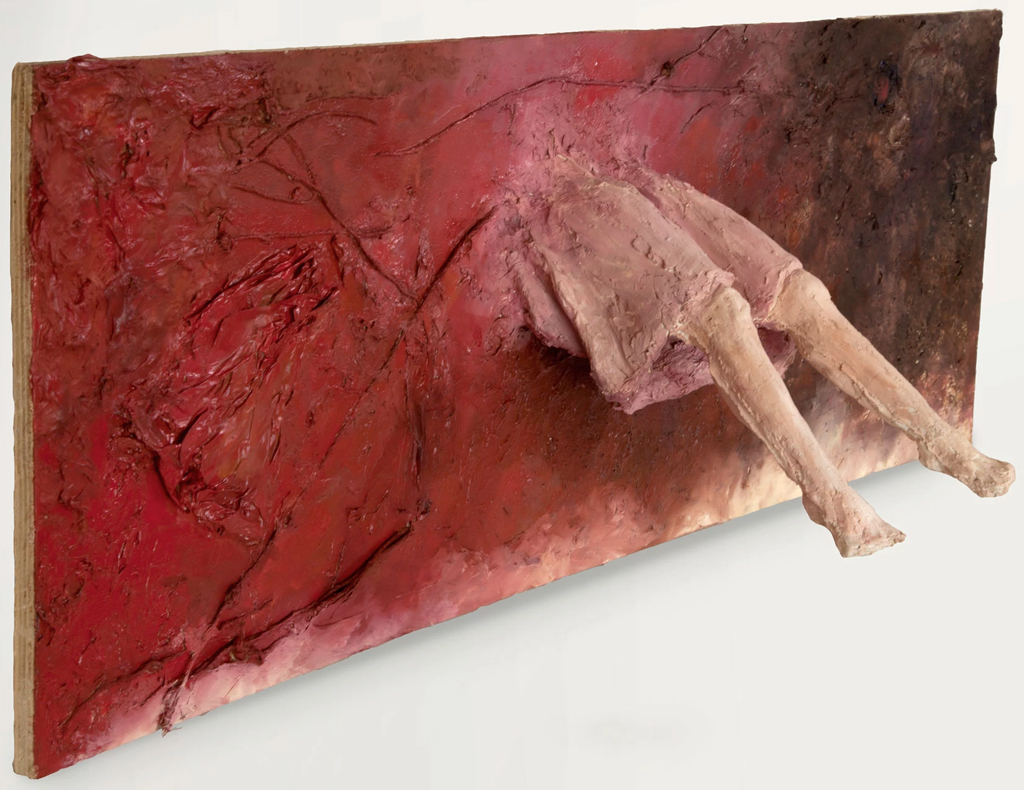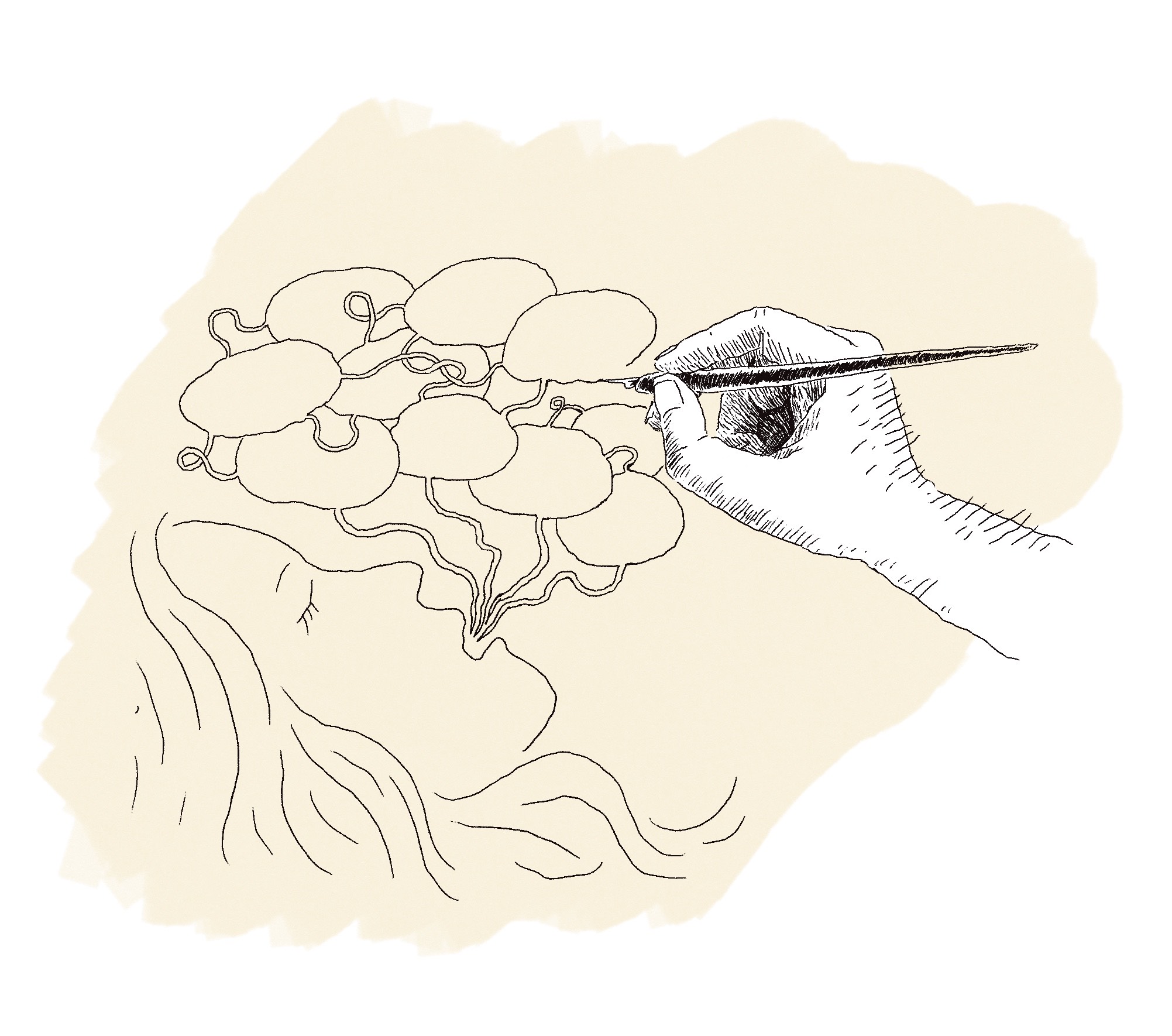
Berets, wigs, caps, headbands : in just over three years these accessories, formerly unfamiliar, have become an integral part of my daily life. In fact, as soon as I became engaged, I decided to cover my head. Probably not for the reasons that will immediately spring to mind. And that is exactly what I want to discuss with you today : representations of covered women in the Jewish community. To unravel an eminently subjective process, constraints pertaining to legal (halakhic) matters and to the sociology of clothing, I muster my courage, take pen in hand, and provide you with the list of preconceived notions that correspond least to my experience of headgear. Trouble is, these preconceived notions do not arise from the same milieux : quite the contrary ! I no more recognize myself in the traditional apologetic of the headgear (hide this hair which I cannot bear to look at … see preconceived notion #3 for more details) than in the universal feminist criticism that believes any woman with covered hair is unaware that she is an oppressed victim.
So, without further delay, let us rail against preconceived notions, and attack prejudices !
#5 Your husband forces you to cover your hair, right ?
Ironic : a pseudo cookie cutter feminism according to which, when I published a YouTube video with my friend Emmanuel Bloch on Tzniut (reserve or “laws of modesty”), one of the comments (written by a man, of course) pointed out that I was not well placed to discuss the topic because I was covered. And the zealous commentator tried to go one better, claiming, when I said that I wore the wig of my own free will, that he doubted my word. And my friends still ask me why I’m not on Twitter !
The contradiction of this preconceived notion is more personal and connected to my history : when Émile and I became engaged, I was very enthusiastic and decided to cover my head. I think that before I explained to him what spoke to me in the symbolism of Kisuy, he was rather hesitant. In our marriage, I would say that headgear is like unrestrained chocolate consumption (I plead guilty): I’m the one who decides. And to quote my sister‐in‐law, a feminist activist and role model for me : “my body, my choice.”
#4 : THE MORE COVERED YOU ARE, THE BETTER IT IS. EVERYWHERE. ALL THE TIME.
How many of my friends from religious milieux have admitted to me that they think, or have thought, that covering each and every centimetre of skin (and hair) is an ideal ? May our Torah consist of something other then skirt lengths and the thickness of tights ! I remember conferring with one of my havrutot (study partners) who told me she hoped that once she married, like the pious Kimhit in the Gemara, she would have the strength to never uncover her hair, even at home. That’s right, blame Kimhit, the pious woman quoted in the Gemara Yoma 47a. She claims in regard to the Sages that, while she may be credited with bearing seven children who fulfilled the function of high priest (Cohen Gadol), it was because her modesty was such that she never exposed her hair even in the privacy of her home : even the beams of her home never saw the braids of her hair. And yet, it was to her that the Sages replied:“Others who behaved in a similar manner did not merit such a reward.” This rejoinder is often unappreciated : what if Kimhit had virtues other than concealing her hair ? Fun fact : at the time of the Gemara, when men married, they also covered their heads (see Kiddushin 29b). The headgear generally encompassed shared symbolism in numerous cultures and religions of the expression of piety (in the tract Shabbat 77b, we learn that men also wore a kind of proto‐kippa called the sudara, associated with the fear of God).
#3 : WOMEN MUST COVER THEIR HAIR BECAUSE, IN THE JEWISH TRADITION, A WOMAN’S HAIR IS ERVAH, NAKEDNESS.
This one requires a more in‐depth reading of the texts. There are two essential Talmudic passages that mention women’s hair : one concerns men and their gaze (Berakhot 24) and the other women and their customs (Ketubot 76). I will return to the second text, which never states that a woman’s hair should be covered inasmuch as it constitutes an ervah.
It is the text taken from the tract Berakhot 24a that stated the principle of שער באשה ערוה : “a woman’s hair is ervah,” a form of nakedness. Yet, in the context that this phrase appears, it refers to what constitutes an obstacle to reciting the prayer the Shema for a man. What is mentioned is that certain parts of the female body should never be contemplated by the man at that moment, including those of his own wife. This clearly demonstrates that the description of hair as “nakedness” does not specifically concern married women : the Shema is simply not an appropriate time to stare suggestively at a woman. Not even one’s own wife. “There is a time for everything…”
To my mind, what is described here beyond the question of the Shema is the issue of the male gaze’s intention to objectify women. Man, in his relationship to women, should not be
mistakel, מסתכל, contemplating, staring, undressing with his eyes … even simply “checking out” a woman. This text is not focused on the parts of the female body that would be considered shameful, but on the sexualization of our bodies : that is why Rav Sheshet states that even staring at a woman’s little finger with inappropriate languor is like looking at her genitals which are private and hidden. What do I learn from this passage, explicitly addressed to men ? That men are responsible for their actions and their gazes. But assuredly not that women, Heaven forbid, are vile temptresses, or a fortiori that my hair is an object of shame.
#2 : THE HABIT OF COVERING ONE’S HAIR IS A PATRIARCHAL TRADITION.
Here again, my reading of the texts suggests that the truth lies elsewhere. Let us look once more at our Talmudic passage taken from Ketubot 76, the one that this time really talks about kisuy rosh. To provide a reminder in terms of context : the ketubah is the marriage contract ; it states that a husband has a number of commitments to fulfill to his wife, and specifies that he should pay her a certain sum of money at the time of the divorce. If the husband wishes to separate from his wife, she “leaves with her ketubah,” that is, she pockets that sum. Here the Mishnah specifies, however, that in cases where the wife has not fulfilled her (implicit) part of the marriage contract, committing a certain number of transgressions, she does not benefit from this compensation. Two categories of transgressions are discussed : discrepancies in terms of halakha (dat Moshe) and discrepancies in terms of the laws of Jewish women (dat yehudit). Headgear falls into the second category ; we are told : if a woman goes out disheveled, “bareheaded” as my grandmother Suzanne of blessed memory used to say, she has not complied with the customs of Jewish women. Other discrepancies regarding this norm originating from women : flirting with other men at the market (people did what they could at the time) or insulting one’s in‐laws in their presence (I stress : in their presence. We need only wait for a mother‐in‐law to turn her back to finally say what is on our minds!)
But where does this law pertaining to Jewish women come from exactly ? The Gemara in Ketubot hardly informs us any further, simply stating that while the halakha merely requires that a woman cover the crown of the head, Jewish women have taken it upon themselves to be more rigorous and cover the greater part of their hair. What interested me was that this process was perceived as coming from the women themselves. Yet in my tradition I often seek out the voices of the Jewish women to whom our generation must give the place of honour due to them. How did they live ? How did they work inside the system to shift the emphasis and redefine codes ? This experience was handed down to us through the mediation of men for thousands of years. But when we encounter one of these revelations in which the voices of women make themselves heard, in which their customs are entrenched in halakha, it seems to me that it be a shame not to reappropriate it. Which leads me to my final idea.
#1 : COVERING ONESELF MEANS BEING REPRESSED ; UNDRESSING ONESELF MEANS BEING FREE
Remember the trailer for Unorthodox: a wig floating away on the water, a protagonist finally emancipated, who through that seminal act extricates herself from the prison that was her Jewish Hassidic environment. My story is diametrically opposed to hers : after teenage years spent in high heels, miniskirts over torn tights and plunging necklines, I finally wanted to feel as if my body belonged to me. That it did not have to be exposed to gazes to have value. I told myself that showing everything was only a way for me to displace my relationship to this body that I hated : until then it was only what others said about it. It had no boundaries. And now I would be able to mark them by myself. This is what I want to demonstrate. This is what no one has the right to reveal if I forbid it. Tracing the map of by strangers’ looks. Rashi quoting the Sifri comments on BaMidbar 5,18, in the passage on the woman suspected of adultery whose hairs were discovered : “It is shameful for a Jewish woman to go about with her hair exposed.” How many more do so unwillingly : a religious aunt one day had her cap snatched off by a (male) member of the family greatly irritated by the custom of covering one’s head. A violent act that uncovers, that tears away the veil of intimacy (this parochet that, in the Temple, separated from the holy of holies). To wear the kisuy is to reintroduce mediation : between myself and the other, who will not be able to possess me or define me by his gaze, between my head and the sky above me, which reminds me of what is beyond me. Let us learn from the headgear that the relationship and approach to otherness is never about obviousness and possession ; it presupposes respecting what is different in the other, sometimes knowing not to lift the veil.




